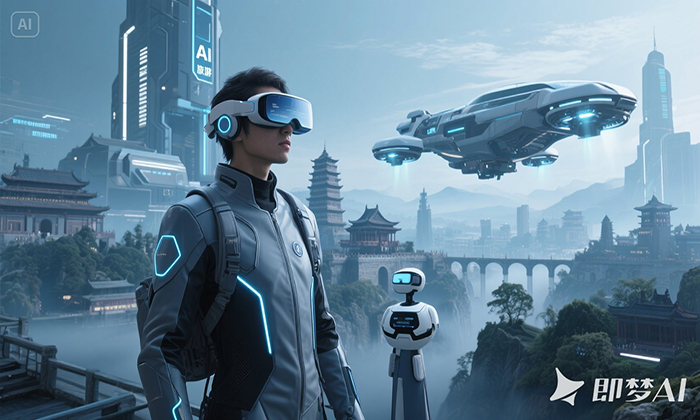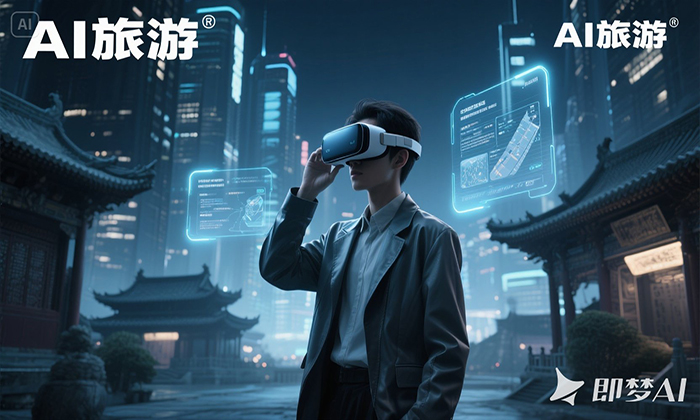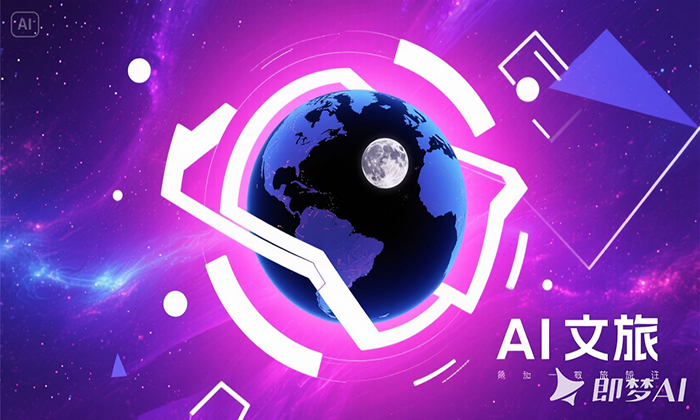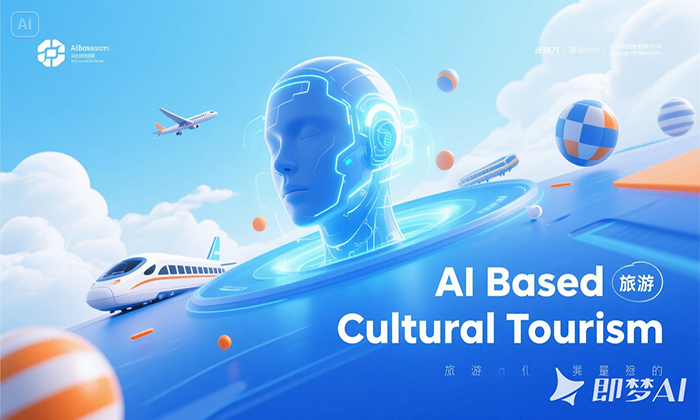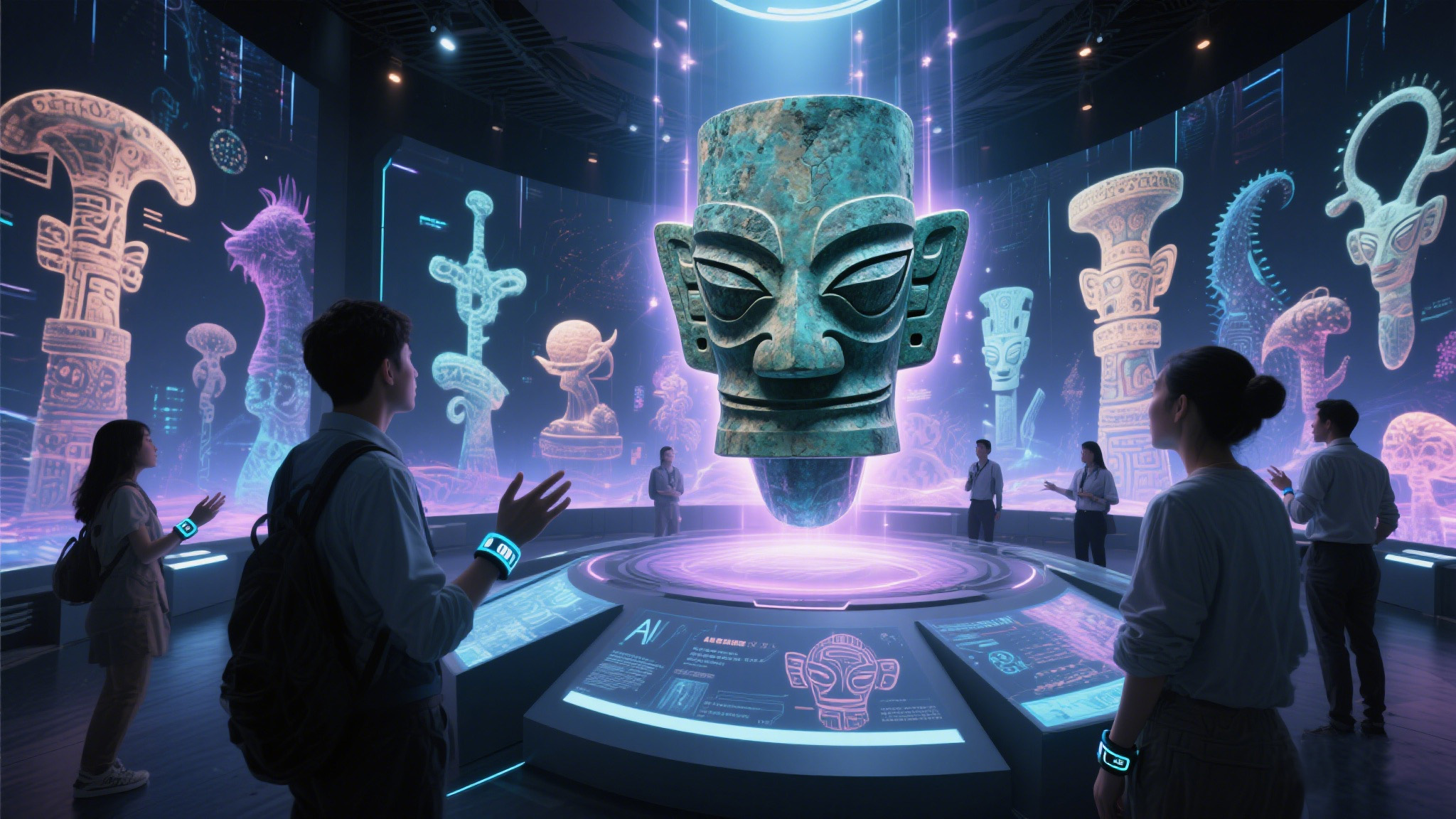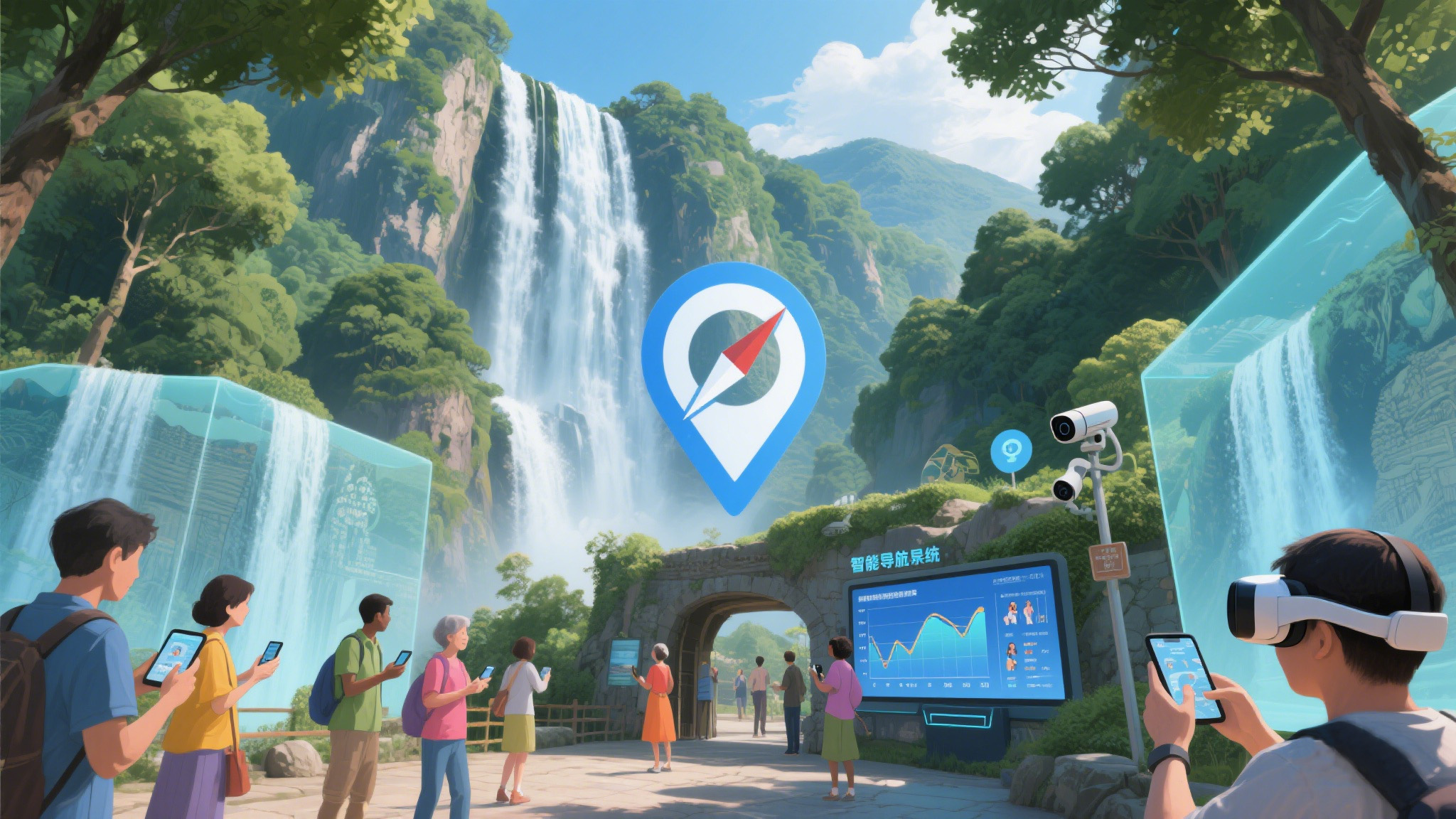The Rise of AI in Cultural Tourism: Transforming Travel Experiences
Introduction
The integration of Artificial Intelligence (AI) into cultural tourism, often referred to as AI文旅 (AI-powered cultural tourism), is revolutionizing the way people explore and experience destinations. By leveraging AI technologies such as machine learning, natural language processing, and computer vision, the tourism industry is enhancing visitor engagement, personalizing travel experiences, and preserving cultural heritage. This article explores the key applications, benefits, and future trends of AI in cultural tourism.
1. Personalized Travel Recommendations
One of the most significant contributions of AI in tourism is its ability to provide personalized recommendations. AI-powered platforms analyze user preferences, past travel behavior, and social media activity to suggest tailored itineraries. For example:
-
Chatbots & Virtual Assistants: AI-driven chatbots like those used by Expedia or Booking.com assist travelers in real-time, offering recommendations on attractions, restaurants, and accommodations.
-
Dynamic Itinerary Planning: Apps like Google Travel and TripAdvisor use AI to adjust travel plans based on weather, crowd levels, and user interests.
These innovations ensure that tourists enjoy a customized experience, reducing decision fatigue and enhancing satisfaction.
2. Enhanced Visitor Engagement with AI-Guided Tours
AI is transforming traditional guided tours into interactive, immersive experiences:
-
Augmented Reality (AR) & Virtual Reality (VR): Museums and heritage sites, such as the Louvre and the Forbidden City, use AR/VR to bring history to life. Visitors can "see" historical events unfold through AI-powered simulations.
-
Voice-Activated Guides: AI-driven audio guides, like those from SmartGuide, provide context-aware explanations in multiple languages, adapting to the visitor’s pace and interests.
Such technologies make cultural tourism more engaging, especially for younger, tech-savvy travelers.
3. AI for Cultural Preservation & Restoration
AI plays a crucial role in protecting and restoring cultural heritage:
-
Digital Reconstruction: AI algorithms analyze historical data and images to digitally restore damaged artifacts or monuments. For example, IBM’s AI helped reconstruct ancient Greek monuments.
-
Predictive Maintenance: AI monitors the condition of heritage sites, predicting wear and tear to prevent deterioration.
These applications ensure that future generations can continue to appreciate the world’s cultural treasures.
4. Smart Tourism Management & Crowd Control
Over-tourism is a growing challenge, but AI helps manage it effectively:
-
Real-Time Crowd Monitoring: AI-powered cameras and sensors track visitor density, allowing attractions like Venice or Machu Picchu to optimize entry flows.
-
Dynamic Pricing & Ticketing: AI adjusts ticket prices based on demand, improving revenue while ensuring accessibility.
Such systems enhance visitor safety and comfort while preserving site integrity.
5. The Future of AI in Cultural Tourism
Emerging trends indicate even more exciting developments:
-
AI-Generated Art & Cultural Experiences: Tools like DALL-E and MidJourney could create virtual exhibitions based on historical themes.
-
Facial Recognition for Seamless Access: Airports and museums may use AI for frictionless check-ins, reducing queues.
-
Emotion AI: Systems that detect visitor emotions could adapt tours in real-time to maximize enjoyment.
Conclusion
AI is reshaping cultural tourism by making it more personalized, interactive, and sustainable. From smart recommendations to heritage preservation, AI文旅 is enhancing how we explore and appreciate the world’s cultural riches. As technology advances, the fusion of AI and tourism will continue to unlock unprecedented possibilities, ensuring that travel remains both enriching and accessible for all.







